Future of Earth
Superhuman powers are available to common citizenry The biotechnology of today - combined with telekinetic devices - is conferring power...
http://kingofdkingz99.blogspot.com/2010/05/future-of-earth.html
Superhuman powers are available to common citizenry
The biotechnology of today - combined with telekinetic devices - is conferring powers to the average citizen that would be considered superhuman by 21st century standards.
A suitably upgraded person, if transported back to the year 2000, would be virtually impervious to weaponry and nearly impossible to contain. They could transform their body into a seemingly infinite variety of forms depending on the situation encountered.*
If trapped in a maximum security prison, for instance, they could alter their molecular structure to allow them to walk through walls.* They could broadcast electromagnetic pulse waves to disable electronic devices or cripple vehicles and other objects. They could halt incoming bullets merely by raising their hand. They could run at cheetah speed and cross a variety of dangerous terrain: even molten lava would present no obstacle to them. If necessary, they could levitate from ground level to the roof of a skyscraper in seconds. They could turn themselves invisible, or morph into another person entirely, or stretch their limbs like elastic.
In many ways, they would resemble a comic book superhero or video game character.
They could manipulate their environment in various ways too – generating enough body heat to light a fire, for example, or turning inanimate objects into advanced tools, or modifying the properties of liquids. They could heal a wounded person just by touching them. They could read thoughts and emotions, or extract recent memories.
If standing near others of their kind, they could link and combine their powers to even greater levels – changing the local weather for example to control bolts of lightning, or lifting objects weighing thousands of tons.
Their sensory capabilities would be phenomenal. This 24th century person could view individual atoms with the naked eye; or if they wanted to, use their telescopic vision to see distant astronomical objects in detail. They could hear a whisper from miles away, or filter specific voices from a cacophony of background noise. They could determine a precise chemical composition just by tasting, touching or smelling it.
Due to their various biotechnology aids and physical upgrades, they would never require sleep. They could even survive without food and water - living instead off the energy of their surrounding environment, which would be absorbed into their exoskeleton suit. This same body armour would keep them at peak levels of physical performance, as well as shielding them from the elements.
In fact, many citizens of today have abandoned their homes altogether and taken to a nomadic lifestyle, for this and other reasons. Often, a "home" of today is little more than a small booth or alcove in the street, where a person can temporarily recharge and recuperate, or utilise the greater powers of the net. Even a person's body is often temporary, as they shift between various real world and digital environments. Much of the Earth is now being transformed into a gigantic computer grid where individuals can physically "plug" themselves in.
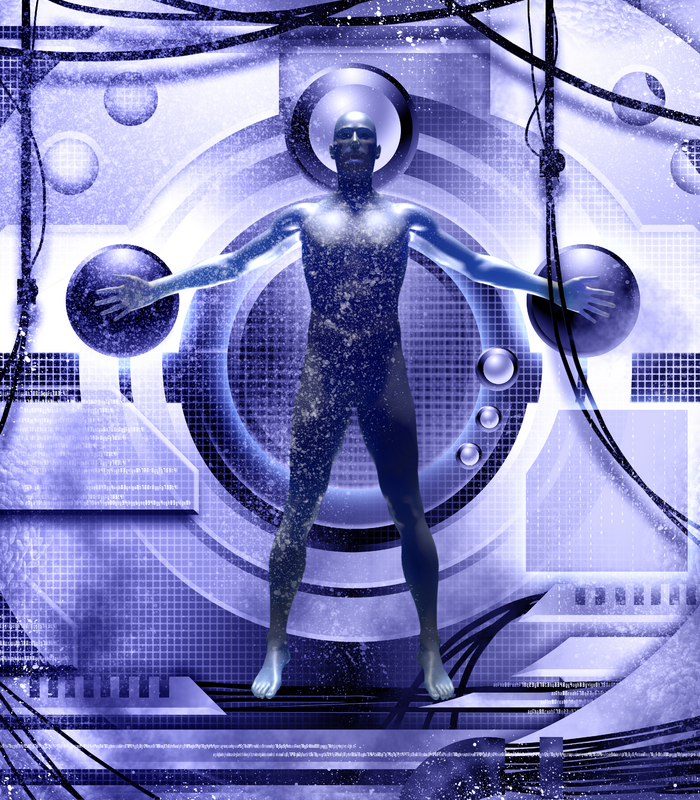
Interstellar travel is becoming possible
Around this time, various private commercial spacecraft are sent to Alpha Centauri, Barnard's Star, Wolf 359 and other neighbouring star systems. The fastest of these are capable of achieving 0.08-0.1c (8-10% lightspeed), requiring around 40 years to reach their destination.* A variety of propulsion systems are being utilised - from nuclear pulse propulsion, to solar sail technology, to other more experimental methods.
Most of these vessels are crewless, with only a handful of humans daring enough to attempt such a voyage. However, each craft is equipped with powerful AI, automated systems and robots which do a better job than any human could, in any case.
Protection from incoming meteors is provided by cone-shaped force fields, projected from the front of each craft. This streamlined shape allows such debris to simply drift by without causing any damage.
After several decades of interstellar travel, the majority of probes successfully rendezvous with their destinations. Each returns a treasure trove of data and visual information. Among the many discoveries is a planet similar in size to Earth, with over 90% of its surface covered in liquid water, though no life forms are detected. Another, much larger and rockier world is discovered in the same system, with a highly active geology and volcanism. A host of interesting and unique moons, asteroids, ring systems and other astronomical features are catalogued.
The success of these missions acts as a catalyst, further accelerating the current boom in space travel.
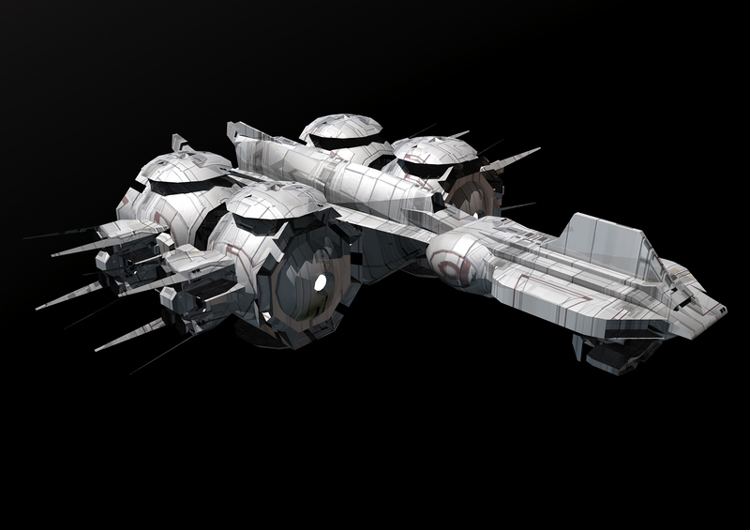
Androids physically indistinguishable from real humans
Androids have been appearing amongst the general populace for many decades already. However, it is by the middle of this century that they achieve a truly lifelike appearance and mobility, making them indistinguishable from people. Many are now employed in service-based roles.
The typical android of today would appear remarkably calm and subdued, however. They would rarely (if ever) express any strong emotions. Their cognitive abilities would be geared towards hard facts and objective data, rather than subjective views or emotional reasoning.
For this reason, they are regarded as servants at this point in history. However, major advances will be made in the coming decades that will see them replicate even the subtlest of human traits. With androids playing an increasing role in society, a civil rights movement will develop, similar to that which dominated America 200 years earlier.*

Hi-tech, automated cities
An observer from the previous century - walking through a major world city of today - would be struck by the sense of cleanliness and order. The air would smell fresh and pure, as though they were standing in the countryside. Roads and pavements would be immaculate: made of special materials that cleaned themselves, absorbed chewing gum and other detritus, and could self-repair in the event of damage. Building surfaces, windows and roofs would be completely resistant to dirt, bacteria, weather, graffiti and vandalism. These same coatings would be applied to public transport and other vehicles. Everything would appear brand new, shiny and in perfect condition at all times. Meanwhile, garbage dropped on the ground would be swept away by robots within minutes. Greenery would feature heavily in this city, along with spectacular fountains, sculptures and other beautification.
Lamp posts, telegraph poles, signs, bollards and other "clutter" that once festooned the streets have disappeared. Lighting is now achieved more discretely, using a combination of self-illuminating walls and surfaces, antigravity and other features designed to hide these eyesores and maximise pedestrian space and aesthetics. Electricity is passed wirelessly from building to building. Room temperature superconductors - implanted in the ground - allow the rapid movement of vehicles without any need for tracks, wheels, overhead cables or other bulky components. Cars and trains simply drift along silently, riding on electromagnetic currents. This infrastructure is self-repairing, too.
Meanwhile, augmented reality has made sign posts obsolete - all information is beamed electronically into a person's visual cortex. A person merely has to "think" of a particular building, street or route to be given information about it.
This observer would also notice their increased personal space, and the relative quiet of areas that once bustled with cars, people and movement. Times Square, Piccadilly Circus and Shibuya in particular would be eerily serene, only a handful of pedestrians and vehicles hovering silently past. In some places, robots tending to manual duties might outnumber humans. Most citizens of today spend the majority of their time in virtual environments, both for work and leisure (often with no clear distinction between the two). These Matrix-like worlds are fully immersive, using microscopic machines within the brain's neurons to produce wholly convincing simulated realities. They offer practically everything a person needs in terms of knowledge, communication and interaction – often at speeds vastly greater than real time. Limited only by a person's imagination, they can provide richer and more stimulating experiences than just about anything in the physical world.
On those rare occasions when a person leaves their house, they are likely to spend very little time on foot. All of their services and material needs can be obtained practically on their doorstep – whether it be food supplies, medical assistance, or even replacement body parts and physical upgrades. A "shop" in the developed world is likely to be run entirely by AI. It will know exactly what you need before you even set foot in it, and will have everything ready upon your arrival (if you even arrive at all, since robots can deliver most goods and services). The same goes for hospitals and other amenities.
Social gatherings in the real world tend to be infrequent - usually reserved for "special" occasions such as funerals, for novelty value, or the small number of situations where VR is impractical.
Crime is almost non-existent in these hi-tech cities. Surveillance is everywhere: recording every footstep of your journey in perfect detail and identifying who you are, from the moment you enter a public area. Even your internal biological state can be monitored (such as neural activity and pulse), giving clues as to your immediate intentions. Police can be summoned within seconds if necessary, often consisting of robotic squads in antigravity vehicles.
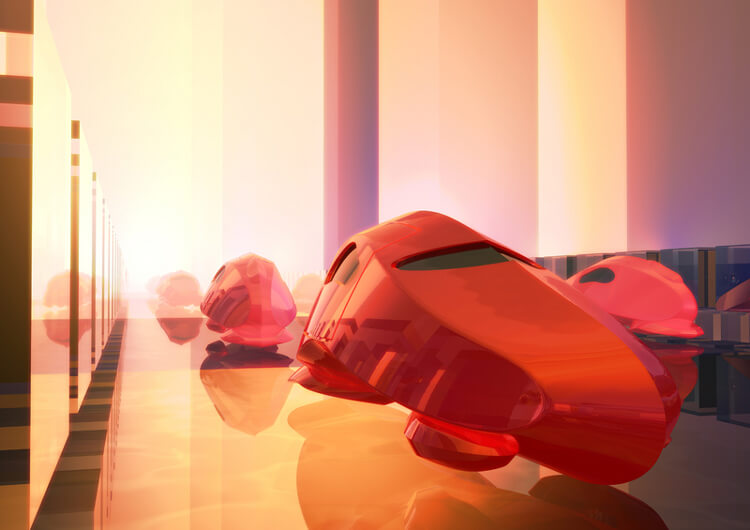
The first kilometre-sized space station is complete
Construction of this large-scale habitat and research facility was made possible by the International Space Elevator, built half a century previously. This greatly reduced the cost of surface-to-orbit transportation - from tens of thousands of dollars per kilogram in the early 21st century, to less than a dollar per kilogram by the early 22nd.
Several other large-scale space stations have been appearing in Earth orbit during the last few decades - but this is the largest, and represents a new generation. It contains an entire fusion power plant at its core, utilises a form of artificial gravity and is home to many hundreds of people and androids.
The commercial space industry is booming during this time, with a regular flow of traffic between Earth, the Moon and several near-Earth asteroids which are now being mined for raw materials.*
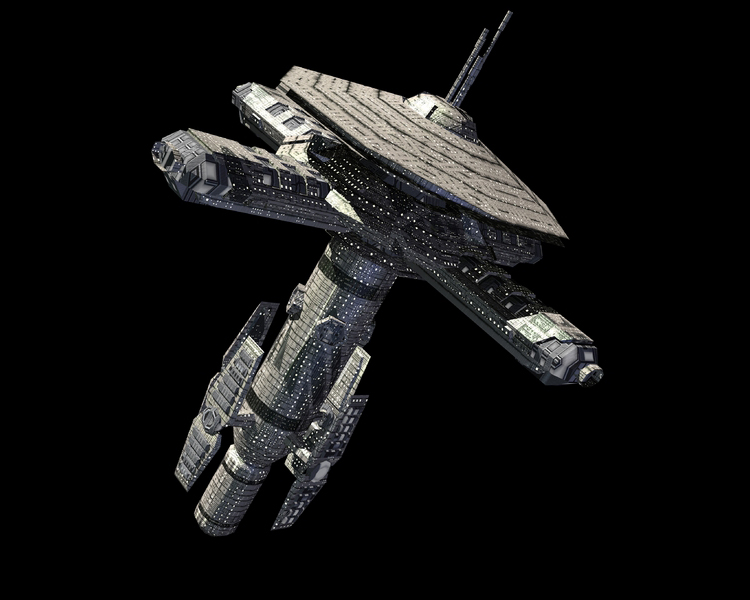
Antimatter power plants are coming online
A century after the global deployment of fusion, new forms of power production are becoming necessary in order to cope with the exponential rise in energy demands on Earth and elsewhere.
A new generation of power plants is becoming available, capable of harnessing the energy released in matter/antimatter collisions. The reactions involved are 1,000 times more powerful than the fission produced in nuclear power plants and over 300 times more powerful than nuclear fusion energy.*

Asteroid terrorism
Rapid civilian expansion into the solar system - and the increasing ease of access to space technology - has led to the emergence of a new and deadly form of terrorism. This involves the sabotage or hijacking of spacecraft, for use in the purposeful redirection of asteroids towards Earth, Mars and the Moon.*
Various colonies in the outer solar system are also being targetted. These are particularly vulnerable, since they tend to lack the orbital infrastructure and defences necessary to deflect these huge incoming objects. At least one major colony around Jupiter is devastated during this time.
In addition to religious extremists, there is a growing anarcho-primitivist movement. This consists of small underground cults opposed to the increasing dominance of AI in the running of world affairs. They deplore what they see as forced, unnatural changes and technologies sweeping humanity - instead favouring a return to more traditional lifestyles and cultures. They are prepared to resort to whatever means necessary to achieve this.*
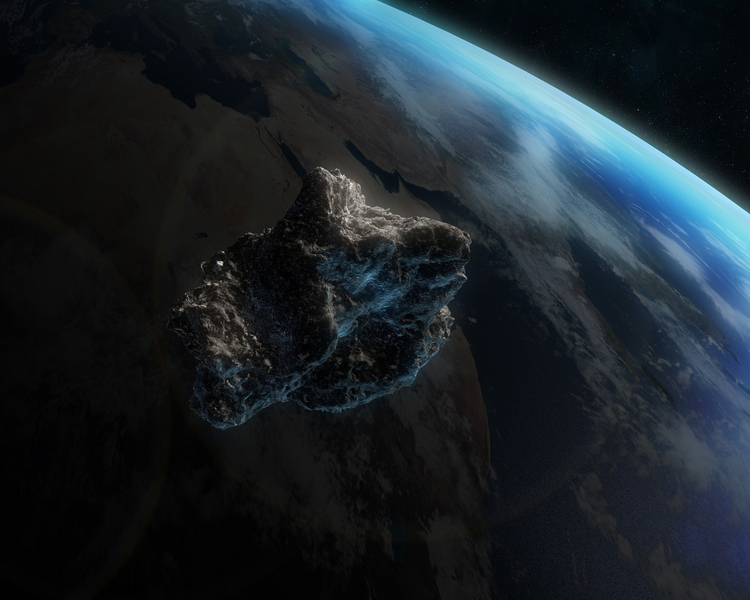
Matter replication devices are available for the home
Towards the end of this century, home appliances are becoming available which can instantly reproduce almost any known substance, at quantum fidelity.* This is achieved using a combination of femtoengineered components and exceedingly complex fractalised software, capable of handling the stupendous number of calculations involved. These devices are just one of many spinoff technologies resulting from the development of macro-scale teleportation in previous decades.
Originally used in factories, science labs and corporate environments, the machines were big enough to fill entire rooms, and often required huge amounts of power. They worked well for large enterprises but were completely impractical for the consumer market.
However, much like the IT industry, exponential progress in this field led to a rapidly shrinking form-factor. Combined with power conservation and heat dissipation techniques, a new generation of replicators began to evolve that were ultra-compact. Eventually they became small enough to fit on kitchen worktops.
Today, these devices are as cheap and commonplace as microwave ovens were in the late 20th century. They are most commonly used as food synthesisers, but a variety of other household items can be reproduced.
Raw mass resources - in the form of sterilised organic particulates - are stored in compartments within the machine. To save energy and computational power, these have been specially formulated to statistically require the least quantum manipulation. The user inputs their choice either via mind control, or voice activation. Molecular analysers then scan each and every subatomic particle, while trillions of Heisenberg compensators maintain cohesion as the object begins to materialise, held in place by micro force-fields. The process takes a matter of seconds and can be repeated as long as there are sufficient resources in the storage compartment (these typically last several months).
A vast database containing information on food, clothing and other objects is constantly maintained online. This is automatically downloaded into each machine, and contains many freely available programs.
These devices will play a major role in eliminating poverty, disease and hunger throughout the world. Traditional agriculture, manufacturing and distribution will become obsolete, replaced by purely information-driven systems that are completely decentralised.*
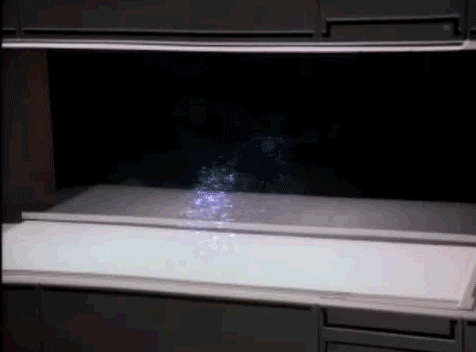


.jpg)



